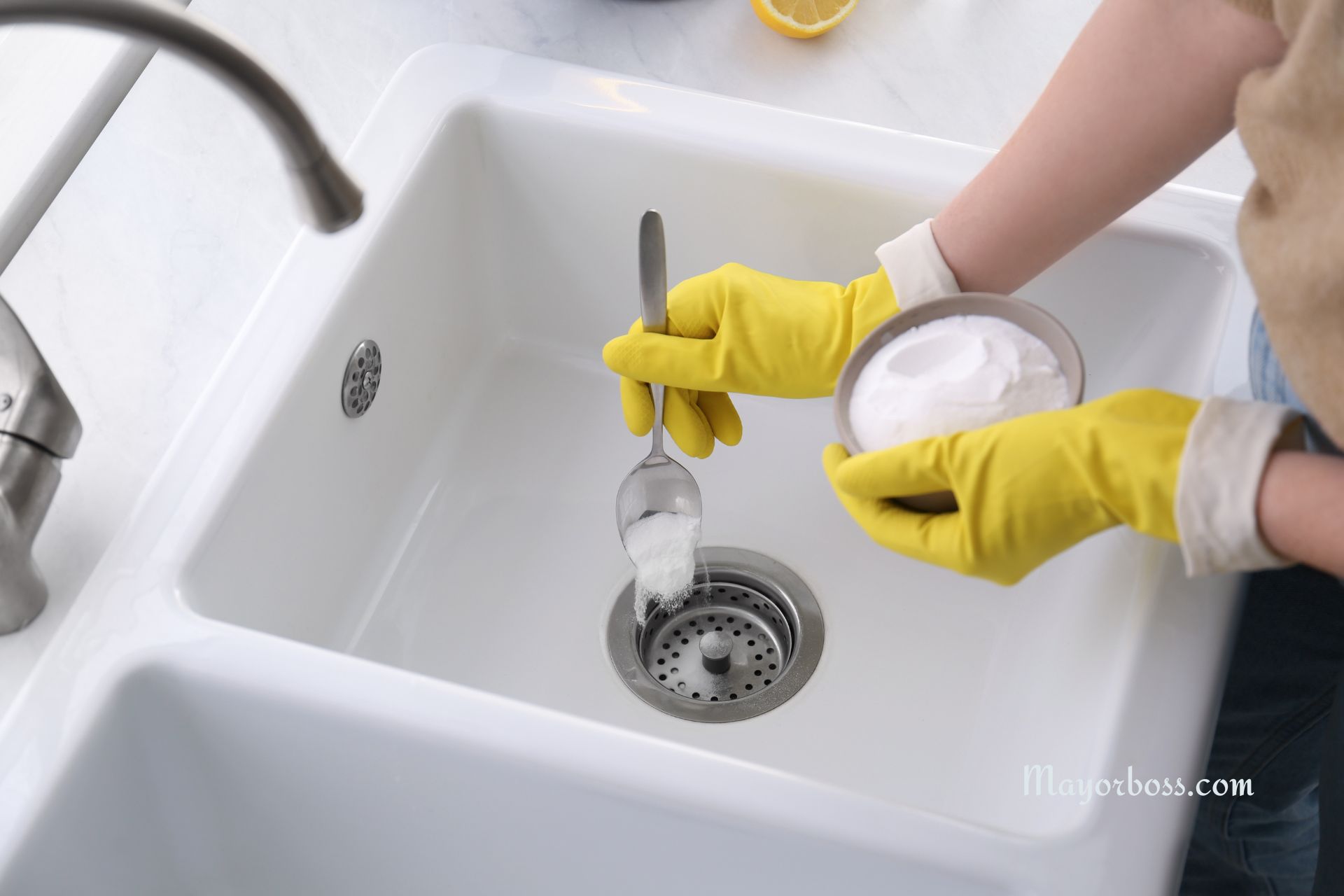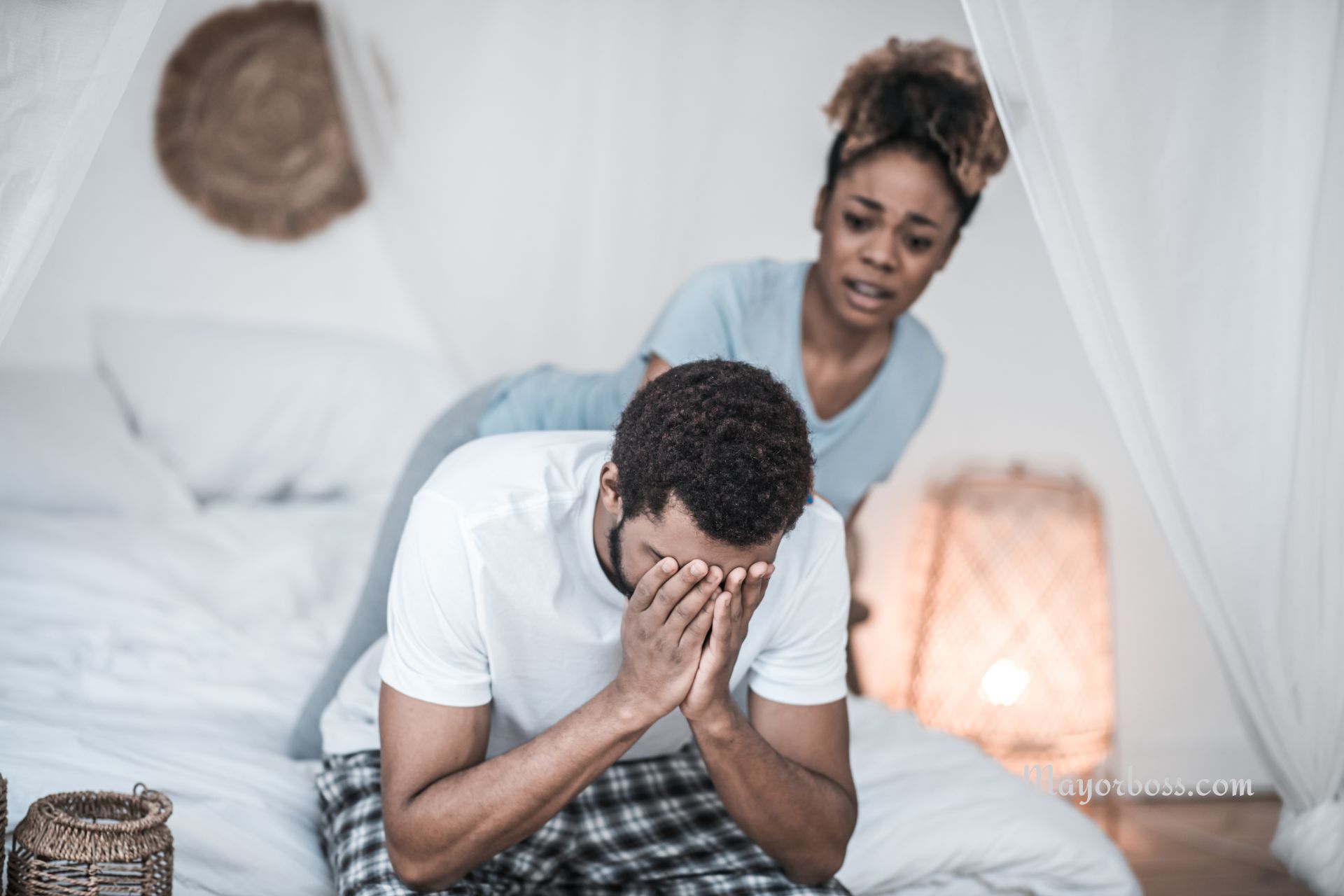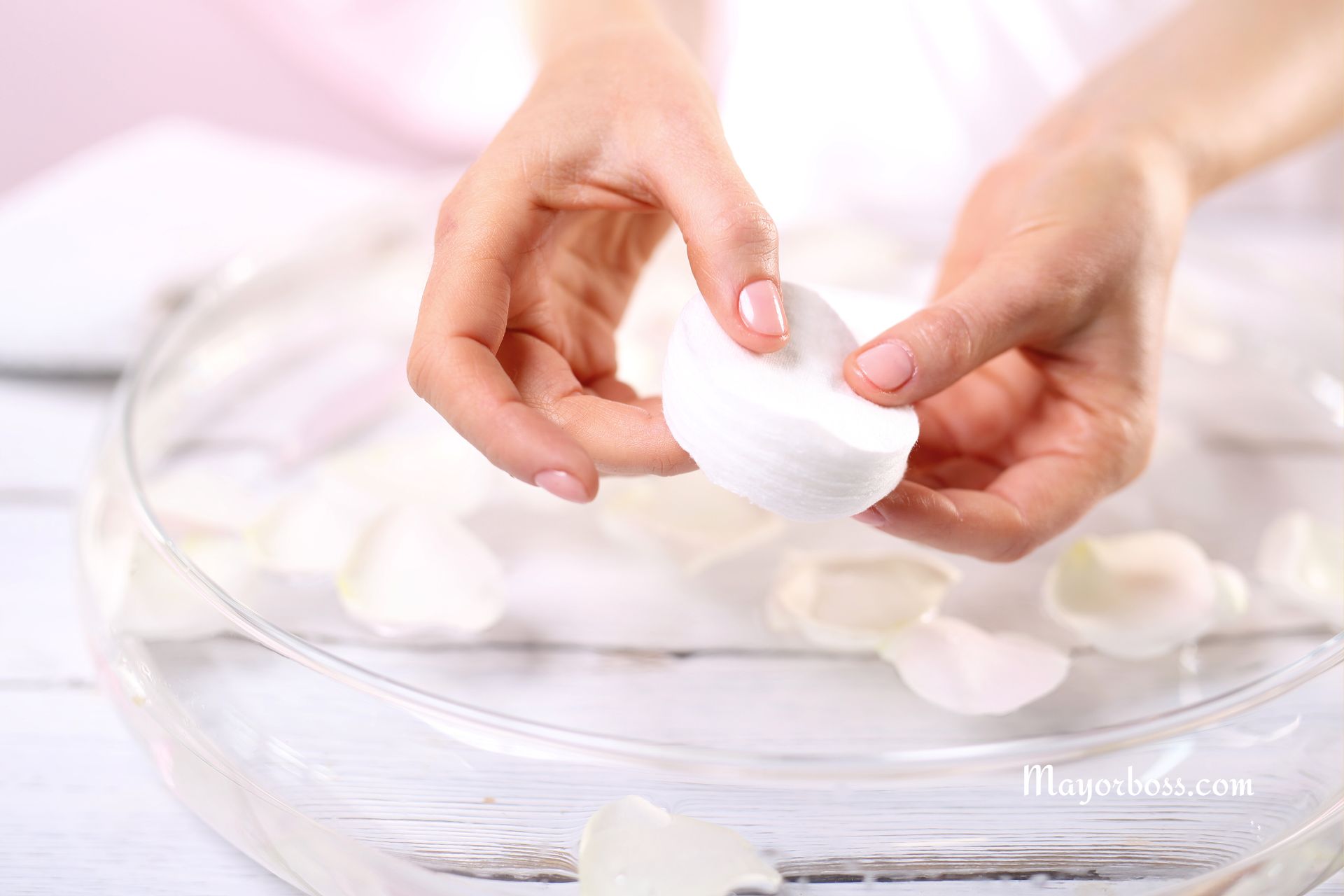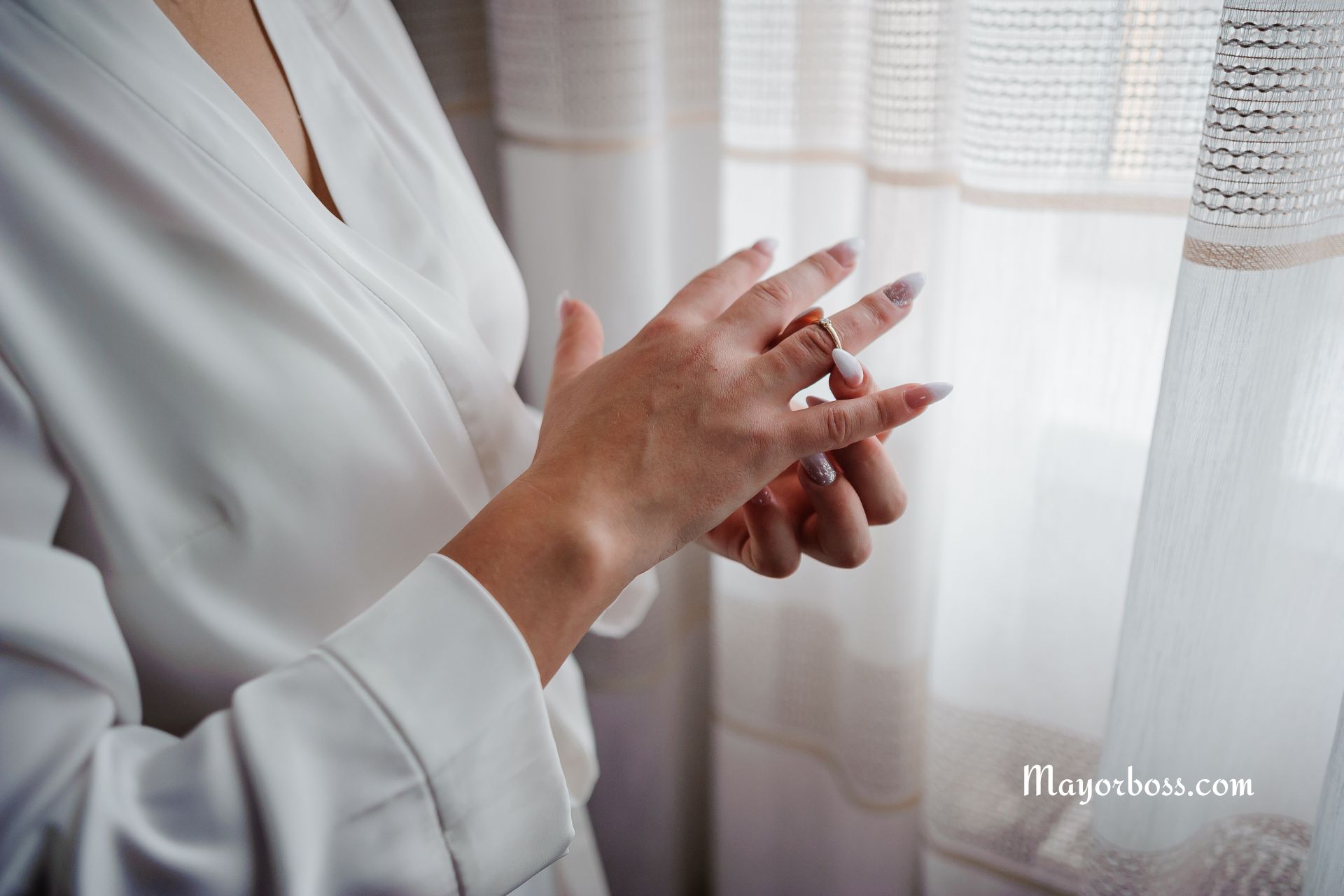Should You Close the Bathroom Door After Use? (Bacteria Alert)
Have you ever pondered whether leaving the bathroom door open or closed after use makes any difference? Surprisingly, this simple act can have a significant impact on the spread of bacteria within your home. In this article, we’ll uncover why closing the bathroom door after use is not just a matter of privacy but also a crucial step in maintaining a healthier living environment.
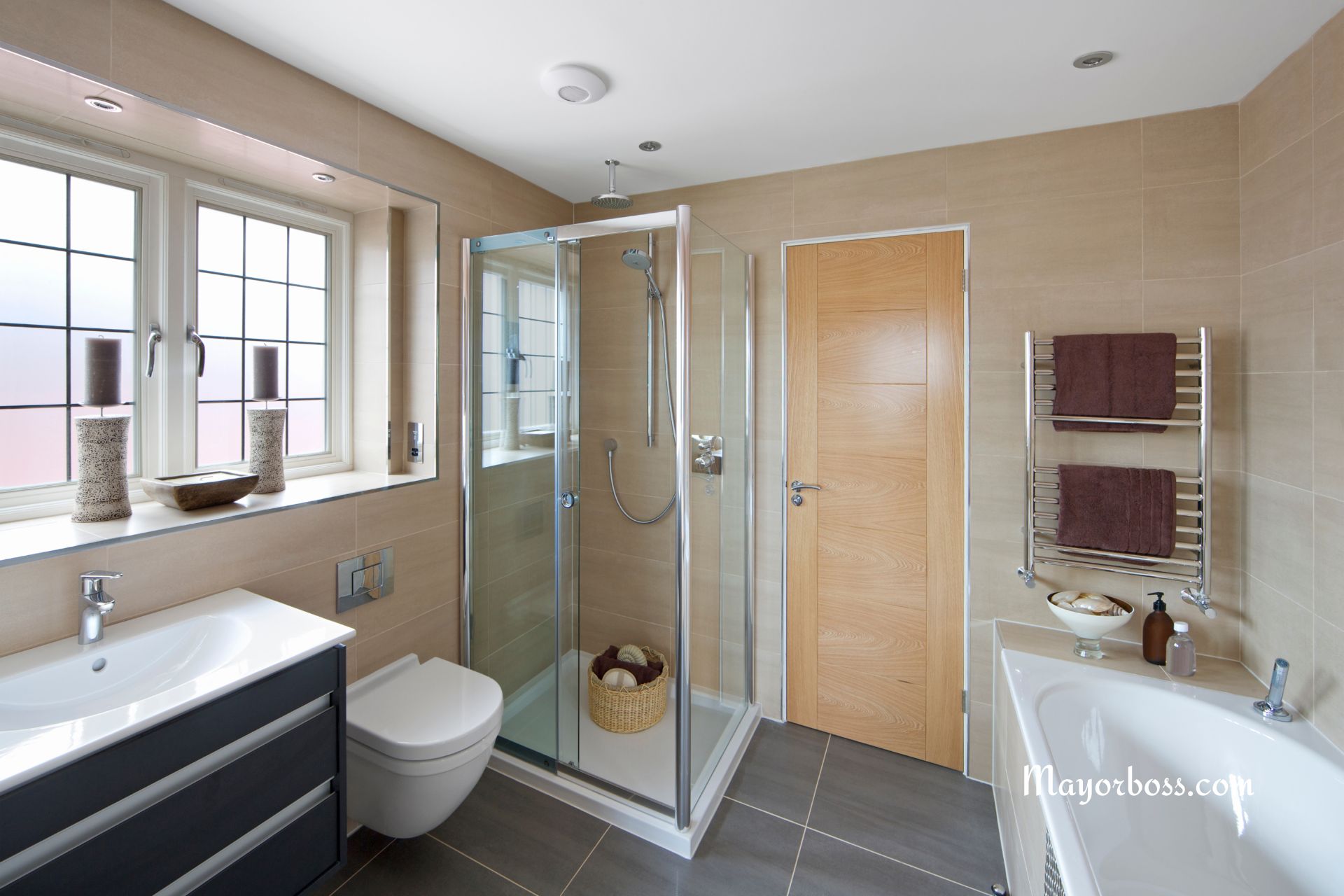
The Battle Against Bacteria
When you flush the toilet, microscopic droplets can spray into the air in a phenomenon known as “toilet plume.” These droplets may contain bacteria and viruses, potentially spreading germs throughout the bathroom. If the door is left open, these germs can migrate into adjacent rooms, settling on surfaces like toothbrushes, towels, and doorknobs. Therefore, closing the door can help contain these particles, significantly reducing the risk of spreading germs to other parts of your home.
Ventilation: A Double-Edged Sword
Interestingly, proper ventilation plays a pivotal role in controlling the spread of bacteria. Bathrooms with good ventilation systems can quickly remove airborne bacteria, reducing the overall bacterial load in the air. However, if the bathroom door is consistently left open, even the most efficient ventilation system might not prevent germs from escaping into other areas. So, while it’s essential to ensure your bathroom is well-ventilated, keeping the door closed after use complements the ventilation system’s effectiveness.
Privacy vs. Hygiene
Besides the obvious privacy concerns, closing the bathroom door also serves a hygienic function. It acts as a barrier, limiting the movement of bacteria. Additionally, it encourages the practice of good hygiene by reminding others to wash their hands before exiting the bathroom, further preventing the spread of germs. You can catch these diseases if you don’t wash your hands after using the bathroom.
Practical Tips for a Germ-Free Bathroom
- Close the Lid Before Flushing: Make it a habit to close the toilet lid before flushing to minimize the spread of the toilet plume.
- Keep the Door Closed After Use: This simple practice can significantly reduce the migration of bacteria to other areas of your home.
- Regular Cleaning: Regularly disinfect surfaces in the bathroom, including the toilet, sink, and door handles, to kill any lingering bacteria.
- Good Ventilation: Ensure your bathroom is equipped with an effective ventilation system to help remove airborne bacteria.
When Should You Keep the Door Open?
There are exceptions to every rule. For instance, after a hot shower, leaving the door slightly ajar can help dissipate steam and prevent mold growth by allowing moisture to escape. However, it’s still advisable to close the door once the humidity has decreased to maintain hygiene standards.
Conclusion
In summary, closing the bathroom door after use is more than just a privacy measure; it’s a significant step towards maintaining a hygienic home environment. By doing so, you help contain bacteria within the bathroom, complement the effectiveness of ventilation, and encourage good hygiene practices. So next time, remember to shut that door and keep those unwanted germs at bay!
Frequently Asked Questions
- Why is it important to close the bathroom door after use? Closing the door helps contain airborne bacteria and viruses within the bathroom, reducing their spread to other areas of the home.
- Can leaving the bathroom door open affect the health of people in the home? Yes, if bacteria and viruses escape the bathroom, they can settle on surfaces in other rooms, potentially leading to illnesses.
- How can I improve the air quality in my bathroom to reduce the spread of bacteria? Ensure your bathroom is well-ventilated, clean surfaces regularly with disinfectants, and always close the toilet lid before flushing to minimize airborne bacteria.


